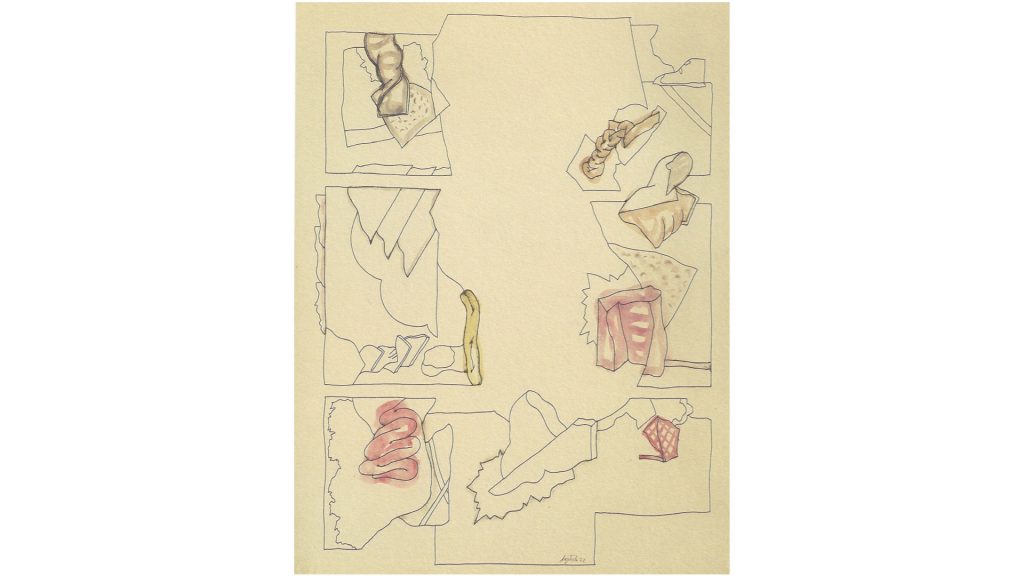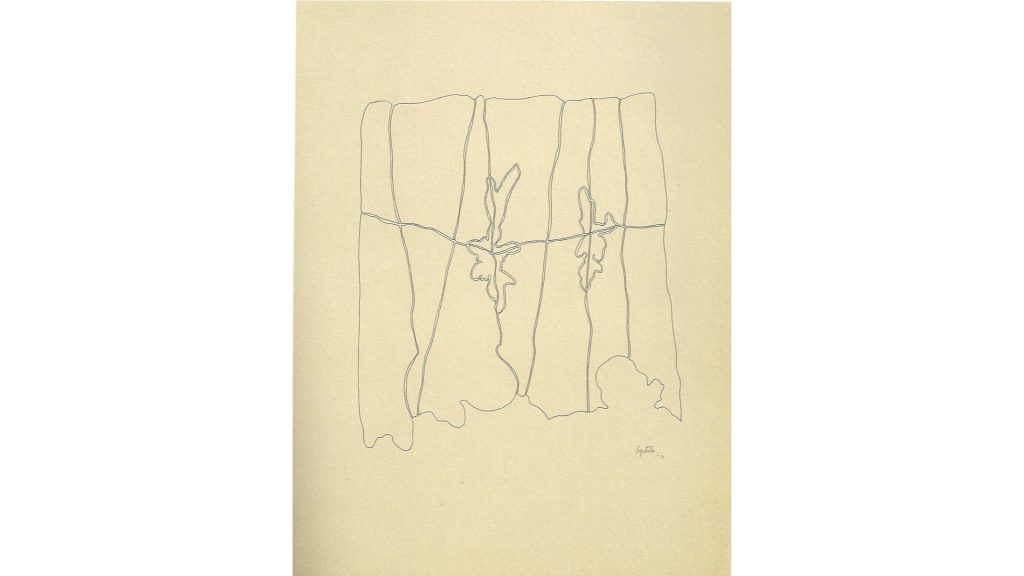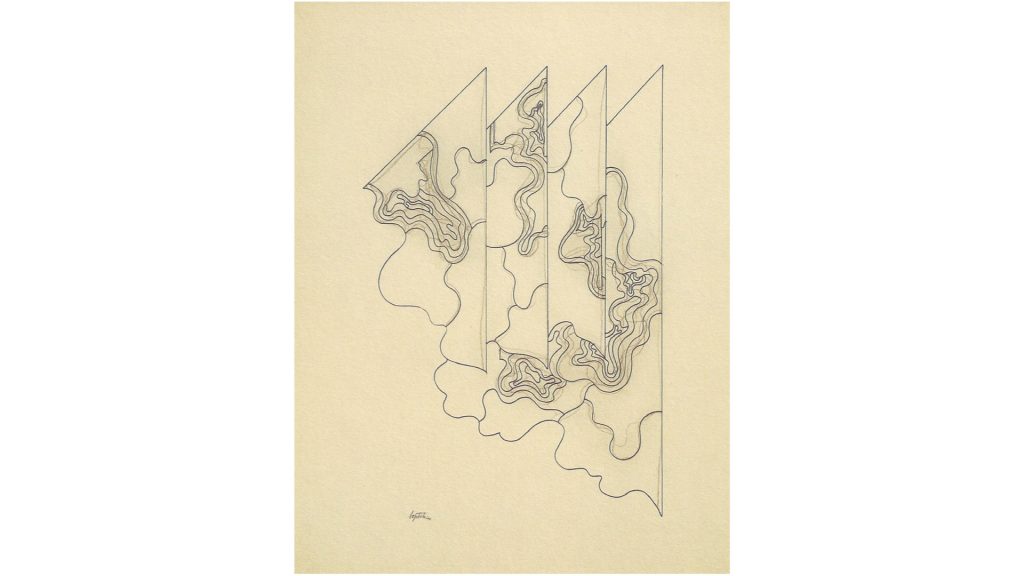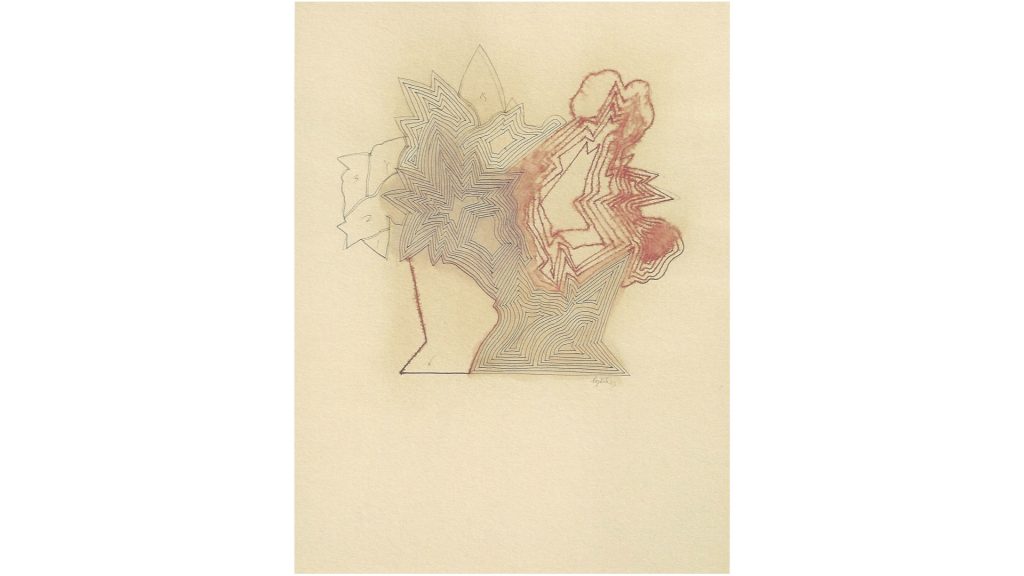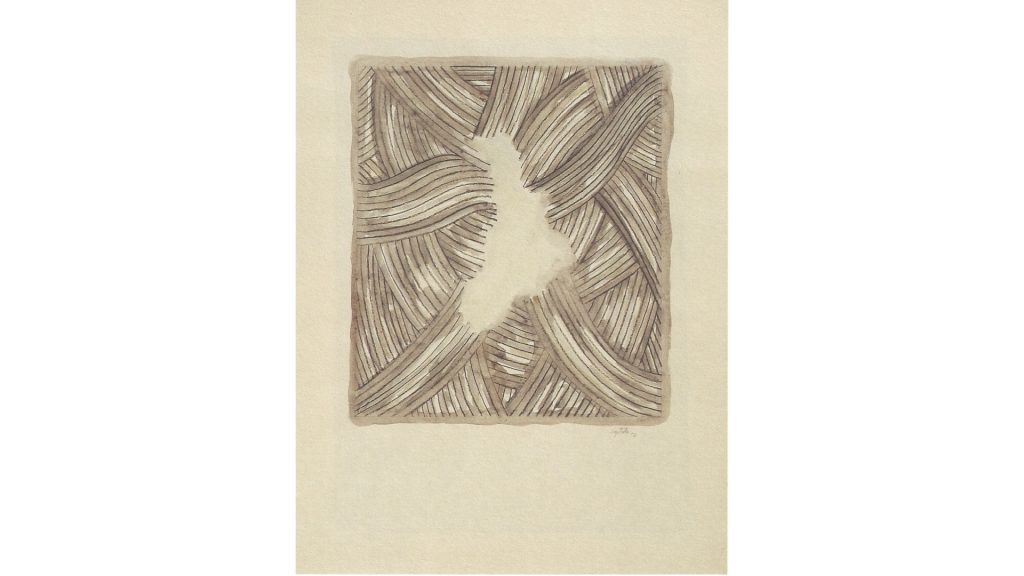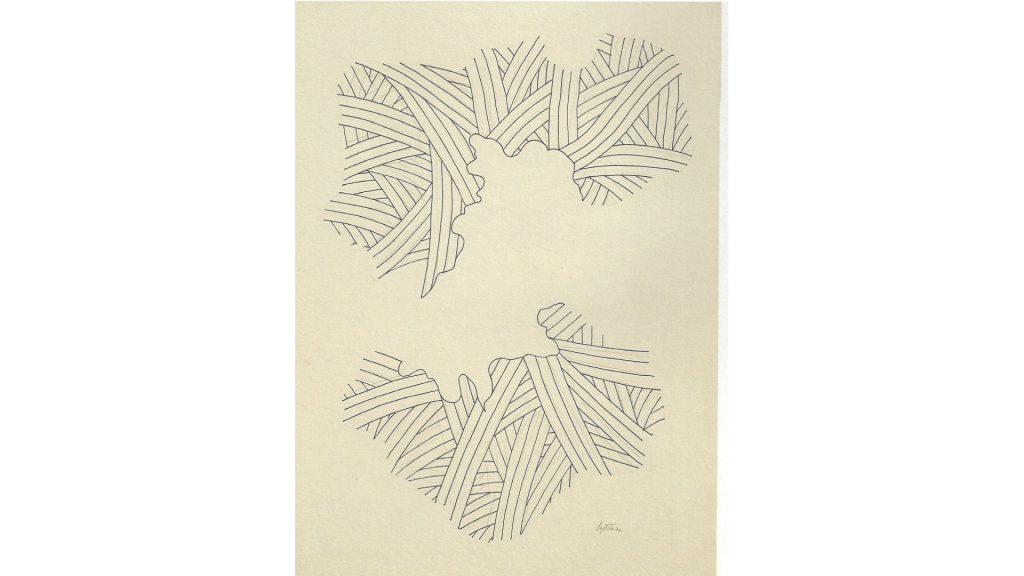Manuel Baptista

Partilhar
Manuel Baptista was born in Faro in 1936.
He went to Lisboa in 1957, to graduate in Painting at ESBAL in 1962.
From 1962 to 1963 he received a scholarship from the Calouste Gulbenkian Foundation in Paris, and from 1964 he taught at ESBAL, a position he abandoned in 1972.
As a student, he was already interested in abstractionism and, in fact, his abstract paintings were innovative in Lisboa, from technique to informalist design.
Baptista glues pieces of cloth and twine to the canvas, which he then paints, obtaining shapes in relief.
To define his work, there is nothing like the statement by the critic João Lima Pinharanda: "This availability for the interminable gloss of his themes or for the resumption, at each moment, of old projects is enough to show the difficulty or almost uselessness of establishing evolutionary cycles within his work".
In fact, in Manuel Baptista's work there is a plastic evolution, but above all the ability to take up themes, reorganize projects, restructure issues. Thus, in order to understand his most recent work, it is necessary to delve into the suspended archive of his forms, projects, compositions and drawings. It will be more important to underline that, within a work that stands out both from figuration and from abstraction, placing the emphasis on making. On a process that feeds itself, the artist started from nodes of both auditive and tactile sensations, as well as visual, as the Algarve walls or the mats that marked him so much in his childhood. The trips to the tailor fascinated him with that one-colored fabric, marked in chalk, like a shape that a body would animate. The rough and uneven surface of the lime led him to the first experience of torn canvas, to the constitution of white canvas with only fabric clippings. The artist has the right expression for this aspect of his work: they are "monochromatic reliefs".

